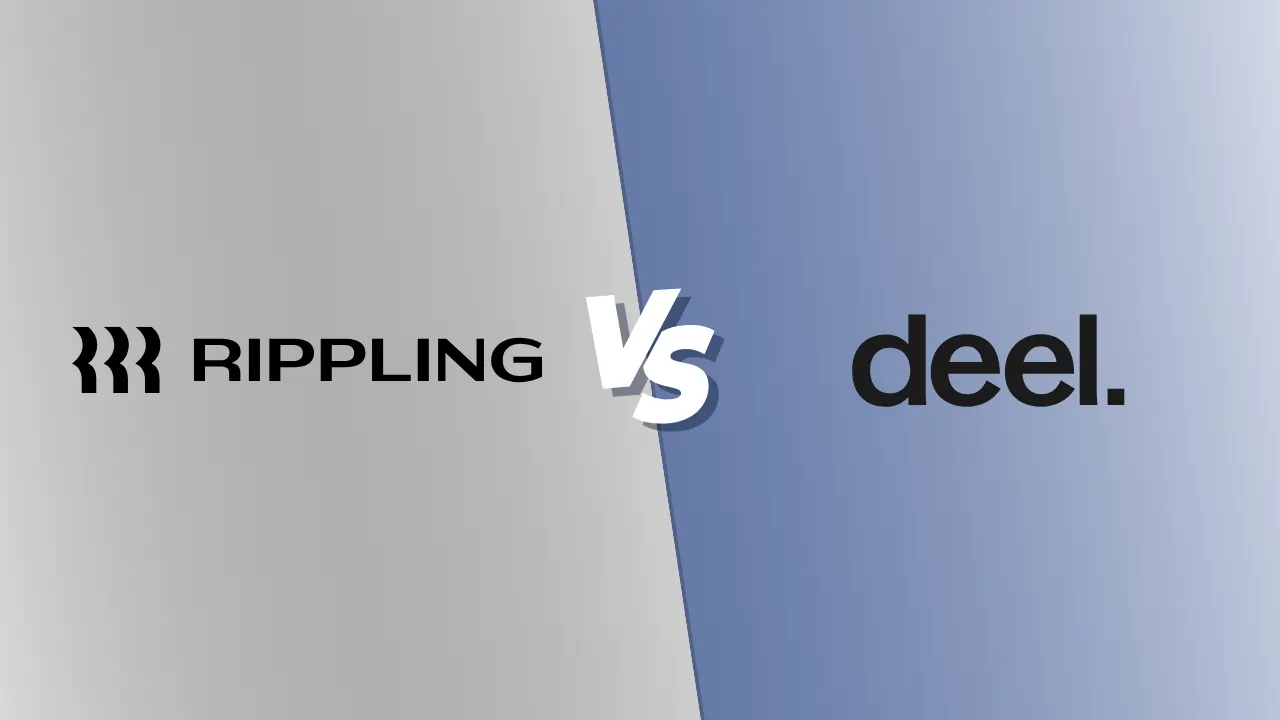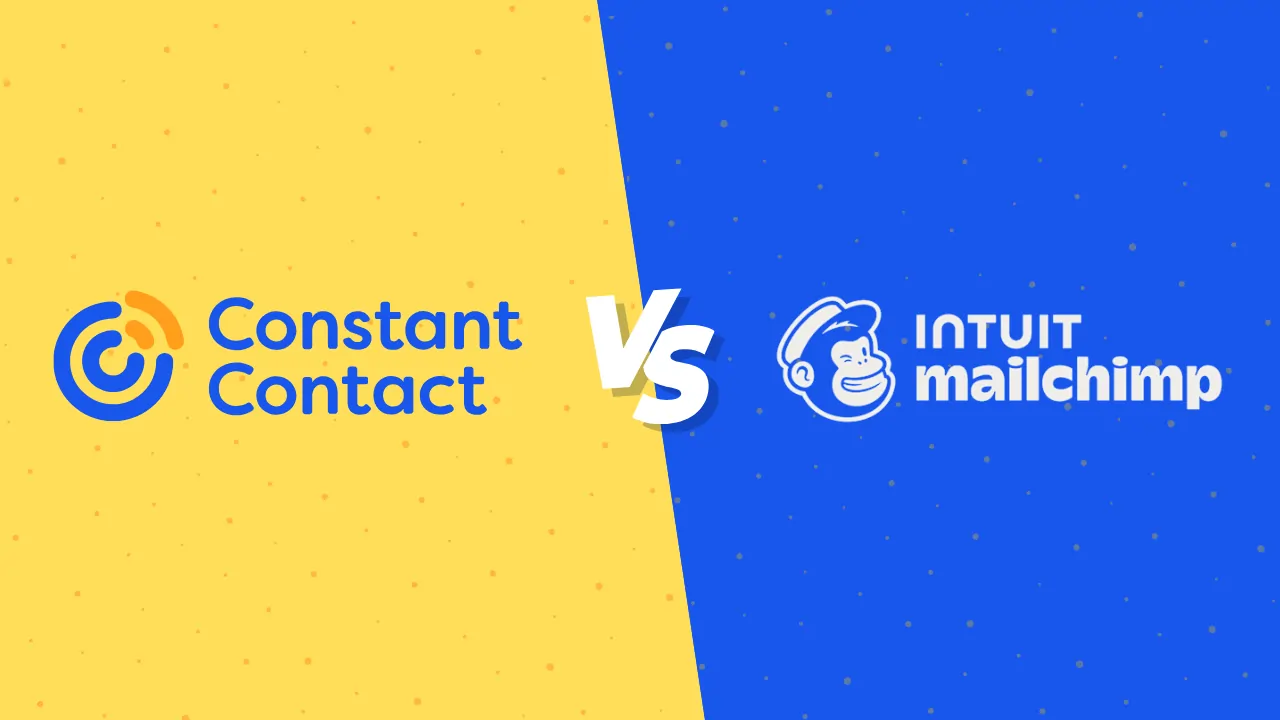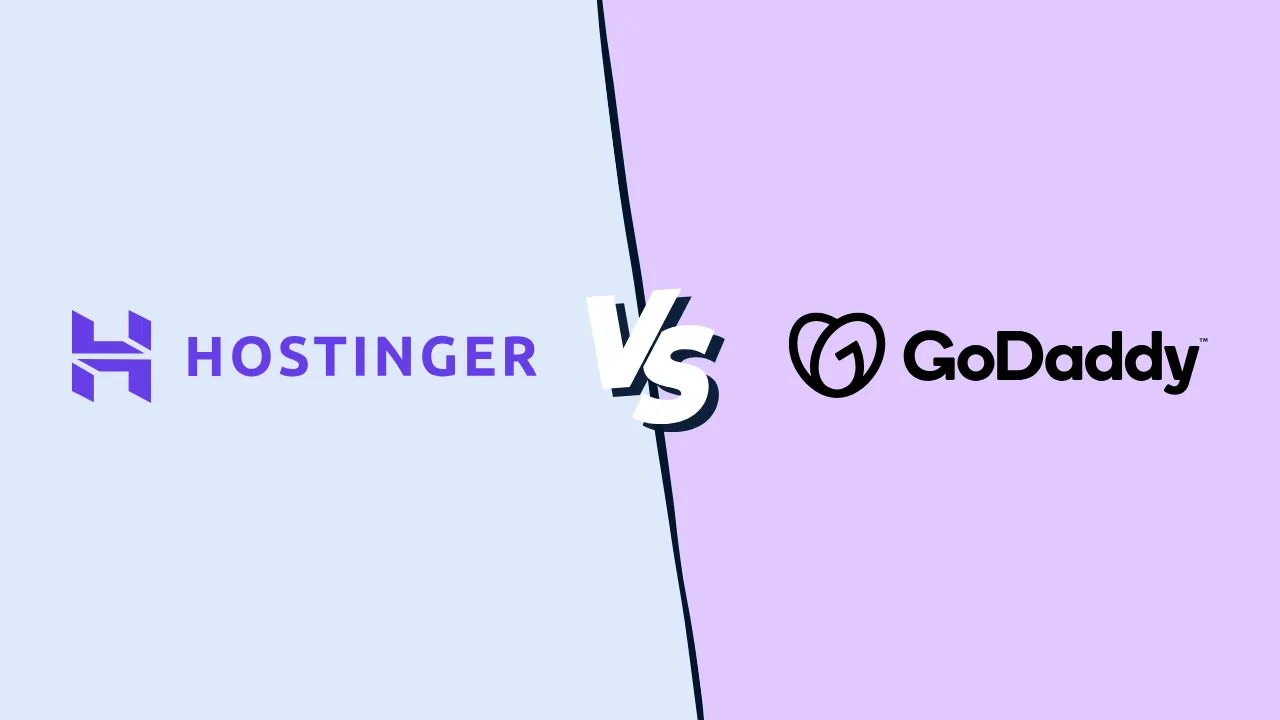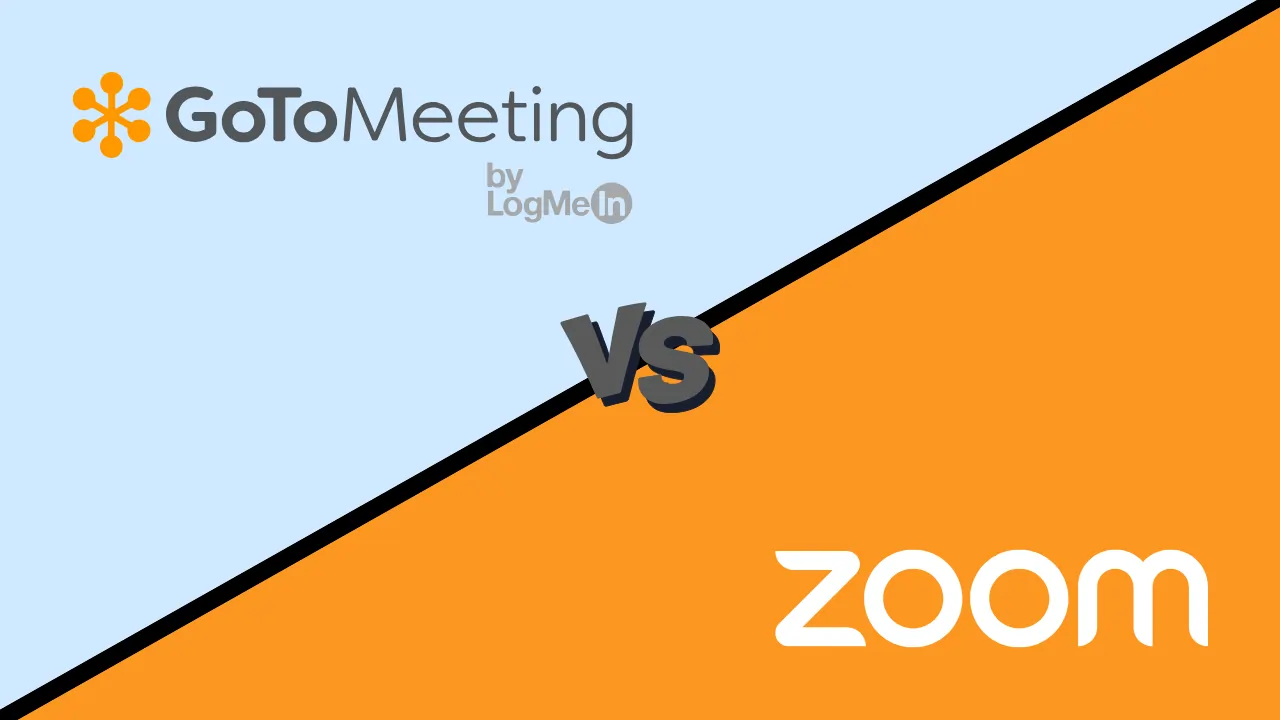6 Smart HubSpot alternatives for SMBs
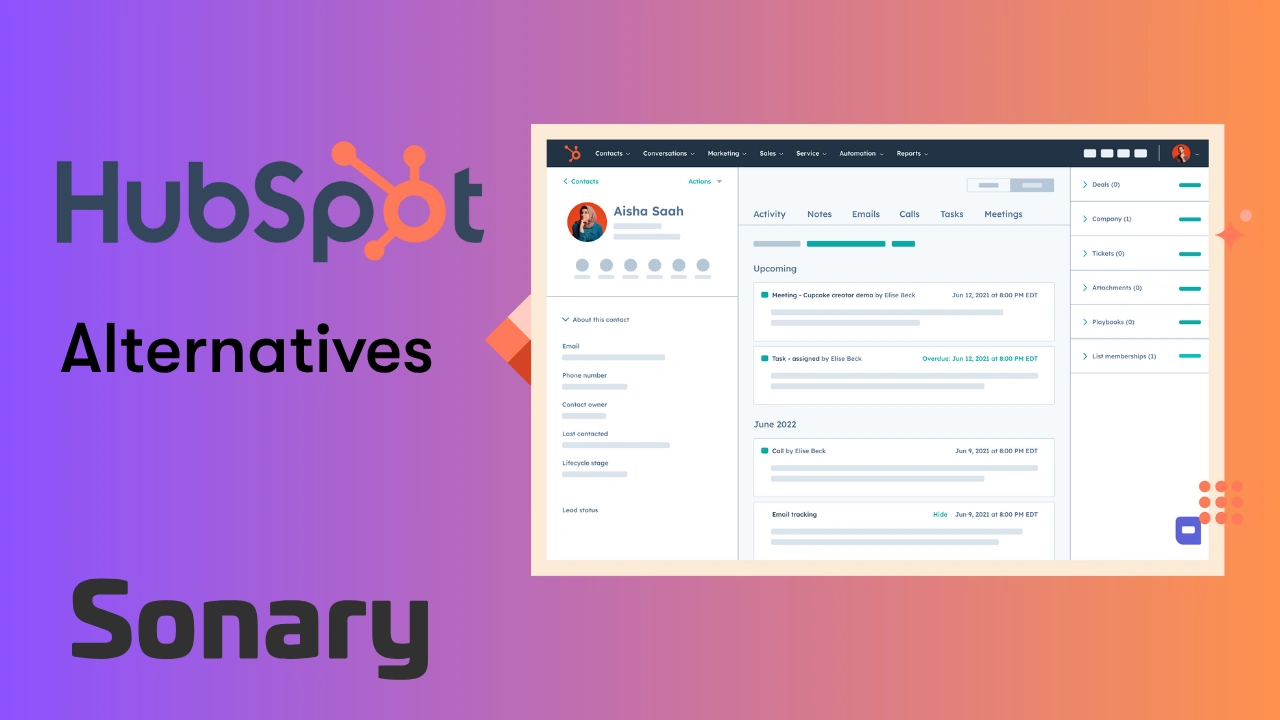
If you like HubSpot but don’t love the price (or the bloat), you’re not alone. Many small and mid-sized businesses outgrow HubSpot’s free tier and discover that the paid bundles include way more than they need. This guide breaks down the best HubSpot alternatives—by use case—so you can match tools to your actual workflow and budget.
TL;DR: Best HubSpot alternatives by scenario
- ActiveCampaign – Best overall HubSpot alternative for automation and CRM integration.
- Pipedrive – Best HubSpot CRM alternative for sales teams that want simplicity.
- EngageBay – Best all-in-one, affordable alternative for small business marketing and support.
- Zoho CRM – Best customizable CRM alternative to HubSpot.
- Brevo (Sendinblue) – Best cheaper HubSpot alternative for email and SMS marketing.
- GetResponse – Best HubSpot marketing alternative for funnels, webinars, and landing pages.
Quick takeaway: HubSpot is powerful, but most SMBs only need a fraction of its features. These six tools give you automation, CRM, and marketing power—without locking you into enterprise pricing.
Quick tip: Before switching from HubSpot, list the 5 features you actually use weekly. Choose a platform that nails those, not one that adds 50 you won’t touch.
What HubSpot does well
Before you switch: What HubSpot still gets right
Even if you’re exploring HubSpot alternatives, it’s worth recognizing why the platform built such a loyal following. HubSpot’s all-in-one ecosystem—spanning CRM, marketing, sales, and customer service—gives small teams a clean, connected workspace. Its free CRM plan is generous, its interface is intuitive, and its learning resources are among the best in SaaS. For many SMBs, it’s an easy first step toward organized, data-driven growth.
HubSpot’s standout strengths
- Generous free CRM: Unlimited users, 1,000 contacts, and essential tools like forms, contact tracking, and email marketing.
- Ease of use: Clean interface and clear workflows that help new teams onboard fast.
- Extensive integrations: Hundreds of native app connections, from Gmail and Slack to Shopify and Zoom.
- AI-powered features: Built-in tools for content creation, email writing, predictive lead scoring, and conversation summaries.
- Reliable support and resources: Responsive help channels, multilingual support, and the industry-leading HubSpot Academy.
- Mobile access: A strong mobile app that helps sales and marketing teams stay productive on the go.
HubSpot still offers tremendous value, especially for teams that want everything under one roof. However, the challenge for many SMBs isn’t quality but cost and complexity once their needs expand. The right alternative can deliver the same results with less overhead.
Why teams look for HubSpot competitors
Many small and mid-sized businesses start with HubSpot for its free CRM and user-friendly setup—but as they grow, the platform can become more complex and costly than expected. Teams often realize they’re paying for advanced marketing or enterprise features they rarely use, or that the learning curve slows productivity instead of boosting it. Below are some of the most common reasons SMBs start exploring HubSpot competitors.
- Total cost of ownership: Bundled tiers can push you into features you don’t need. Add‑ons and required onboarding can inflate spend.
- Complexity vs. capacity: Small teams don’t always have time to build and maintain advanced automation programs.
- Reporting and limits: Free tiers cap dashboards and custom reports; some sales and service features land behind higher plans.
- Ecommerce needs: Transactional messaging, catalog sync, and revenue attribution are often simpler in tools built for stores.
How to evaluate a HubSpot alternative
Before switching from Hubspot, take a moment to define what your team really uses day-to-day and what’s been missing from your current setup. Use this quick checklist to evaluate each platform’s strengths, costs, and fit for your workflows.
- Core jobs-to-be-done: Email automation? Sales pipeline? Landing pages? Help desk? Pick what matters.
- Pricing fit: Start price, price per user/contact, and how costs scale with list size or seats.
- Data model: Contacts, companies, deals, custom objects—do you get what you need at your tier?
- Automation depth: Visual builder, omnichannel triggers, branching logic, lead scoring.
- Reporting: Funnel reporting, attribution, cohort trends, custom dashboards.
- Integrations: Native apps for your stack (Shopify, QuickBooks, Calendly, Slack, Zoom, Facebook/Google Ads).
- Ecommerce: Abandoned cart, transactional email/SMS, product feeds, revenue tracking.
- Implementation time: Time to first value for a busy SMB team.
Side‑by‑side snapshot: HubSpot alternatives for SMBs
|
Product |
Best for |
Why choose it over HubSpot |
Where it’s lighter than HubSpot |
|
ActiveCampaign |
SMBs that want powerful automation and reliable deliverability |
Best‑in‑class automation builder; strong email tooling and CRM handoff; robust reporting at lower tiers |
Fewer native apps and content tools than HubSpot; no free plan |
|
Pipedrive |
Sales‑led teams that want a simple, visual pipeline |
Fast to set up; clear forecasting; add‑on marketplace; reasonable per‑seat pricing |
Marketing suite is thinner; you’ll pair it with an email tool |
|
Zoho CRM |
Teams that love customizing their CRM |
Highly configurable fields, layouts, and automations; broad Zoho ecosystem (Desk, Books) |
UI can feel busy; setup may take time |
|
Freshsales |
Inside sales with built‑in calling and AI |
Strong telephony, lead scoring, and deal insights; straightforward pricing |
Marketing features are basic unless you add the Suite |
|
Brevo |
Budget‑minded email + SMS automation |
Unlimited contacts pricing; transactional email built‑in; easy editor |
CRM is simpler; fewer content/SEO tools |
|
GetResponse |
Funnels, webinars, and landing pages |
Autofunnels with templates; webinar hosting; solid email automation |
CRM is lightweight; advanced sales features are limited |
The best HubSpot alternatives of [2025]
1) ActiveCampaign (best overall for SMB automation)
ActiveCampaign delivers sophisticated, visual automation without forcing you into enterprise bundles. You get strong deliverability, split testing, site/app tracking, and a built‑in CRM so sales can act on marketing signals. Reporting covers automations, goals, and revenue, which many SMBs miss in free CRMs.
Choose it if: Email is central to your growth, you run lots of behavioral automations, and you want better reporting per dollar.
Watch for: No perpetual free plan; content/SEO tools are minimal vs. HubSpot’s marketing hub.
2) Pipedrive (simplest sales CRM alternative)
Pipedrive is purpose‑built for sales. The kanban pipeline, forecasting, and activity planning make it easy for reps to “live” in the tool. Add‑ons (e.g., campaigns, projects, caller) and a big marketplace cover gaps as you grow.
Choose it if: You want a clean, rep‑friendly CRM with sane pricing and you’ll pair it with a dedicated email platform.
Watch for: Limited native marketing features; attribution reporting is thinner than HubSpot.
3) Zoho CRM (customization powerhouse)
Zoho CRM is highly customizable (modules, layouts, automations) and integrates across the Zoho suite—useful if you also need help desk or accounting. Multiple record views (kanban, canvas) help teams work their way.
Choose it if: You need flexibility without paying enterprise rates.
Watch for: Interface can feel dense; initial setup takes planning.
4) Freshsales (sales‑first CRM with AI and telephony)
Freshsales bundles built‑in telephony, AI‑assisted lead scoring, and deal insights. The UI is modern and onboarding is straightforward.
Choose it if: Calling and deal management are core to your process and you want reasonable per‑seat pricing.
Watch for: Marketing automation requires adding the Freshsales Suite.
5) Brevo, formerly Sendinblue (cheaper alternative to HubSpot for email)
Brevo’s pricing favors large contact lists with moderate sending. It includes transactional email/SMS and a simple CRM, plus a drag‑and‑drop editor and templates.
Choose it if: You need multi‑channel messaging on a budget, with transactional messages built‑in.
Watch for: CRM and content features are lighter than HubSpot’s.
6) GetResponse (funnels + webinars)
GetResponse combines email automation with ready‑made conversion funnels, landing pages, and webinars. It’s a strong fit for lead gen engines and info products.
Choose it if: You value funnels and webinar marketing out of the box.
Watch for: CRM depth is limited compared to a sales‑first tool.
What’s the best alternative to HubSpot? Here’s your decision guide
- I want a sales CRM that reps will actually use: Choose Pipedrive or Freshsales.
- I need advanced email + automation without the bundle price: Choose ActiveCampaign or GetResponse.
- I run an online store: Choose Omnisend (most SMBs) or Drip (DTC, heavy automation).
- I want an affordable all‑in‑one: Choose EngageBay or Brevo.
- I need deep customization and a wide app suite: Choose Zoho CRM or Salesforce Starter.
Migration playbook: Moving off HubSpot in 5 steps
- Freeze your current setup: Export contacts, companies, deals, custom fields, and email templates. Document active forms, lists, and automations.
- Map fields and objects: Align data models early (e.g., lifecycle stage → deal stage, custom properties → custom fields).
- Prioritize automations: Rebuild only the flows that drive revenue or retention. Archive the rest.
- Run in parallel: Keep HubSpot live while you validate sending, tracking, and attribution in the new stack.
- Decommission cleanly: Redirect forms/landing pages, swap tracking scripts, and set DNS for email.
Bottom line
There’s no single “best HubSpot alternative.” The right pick mirrors your team’s size, skills, and must‑have workflows. For most SMBs:
- ActiveCampaign wins for automation + value.
- Pipedrive wins for sales simplicity.
- Omnisend/Drip win for E-commerce.
- EngageBay wins for lowest‑cost all‑in‑one.
Choose the tool that helps you ship campaigns faster, close deals sooner, and report outcomes clearly—without paying for features you don’t use.

